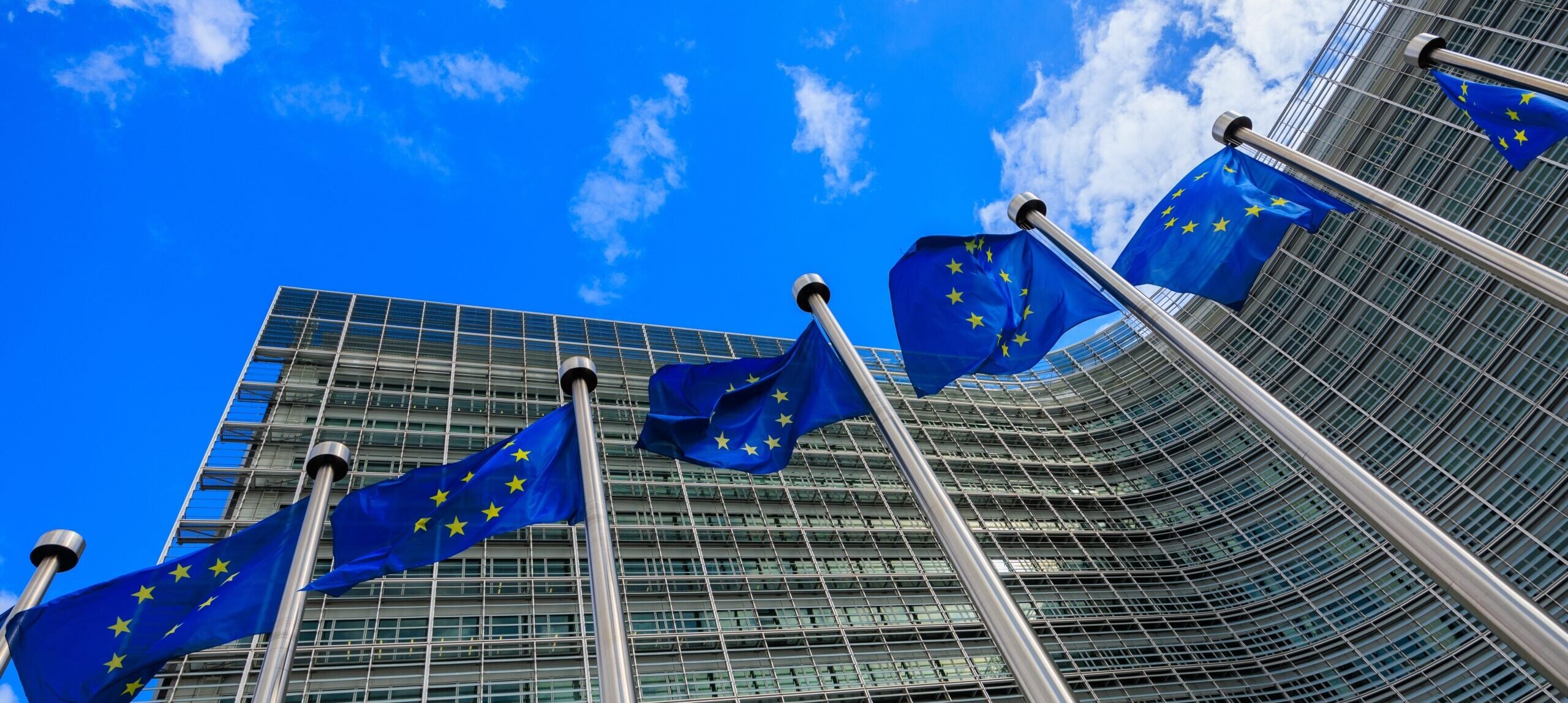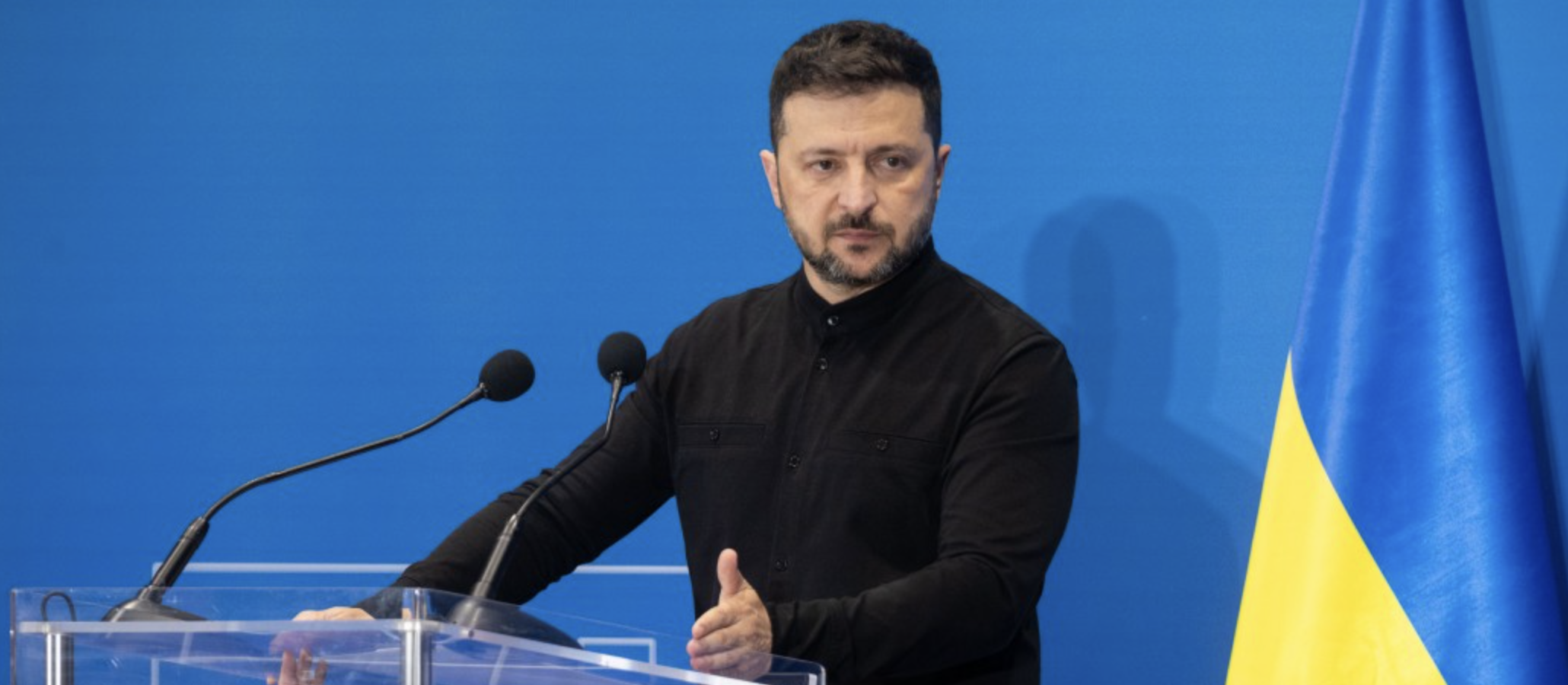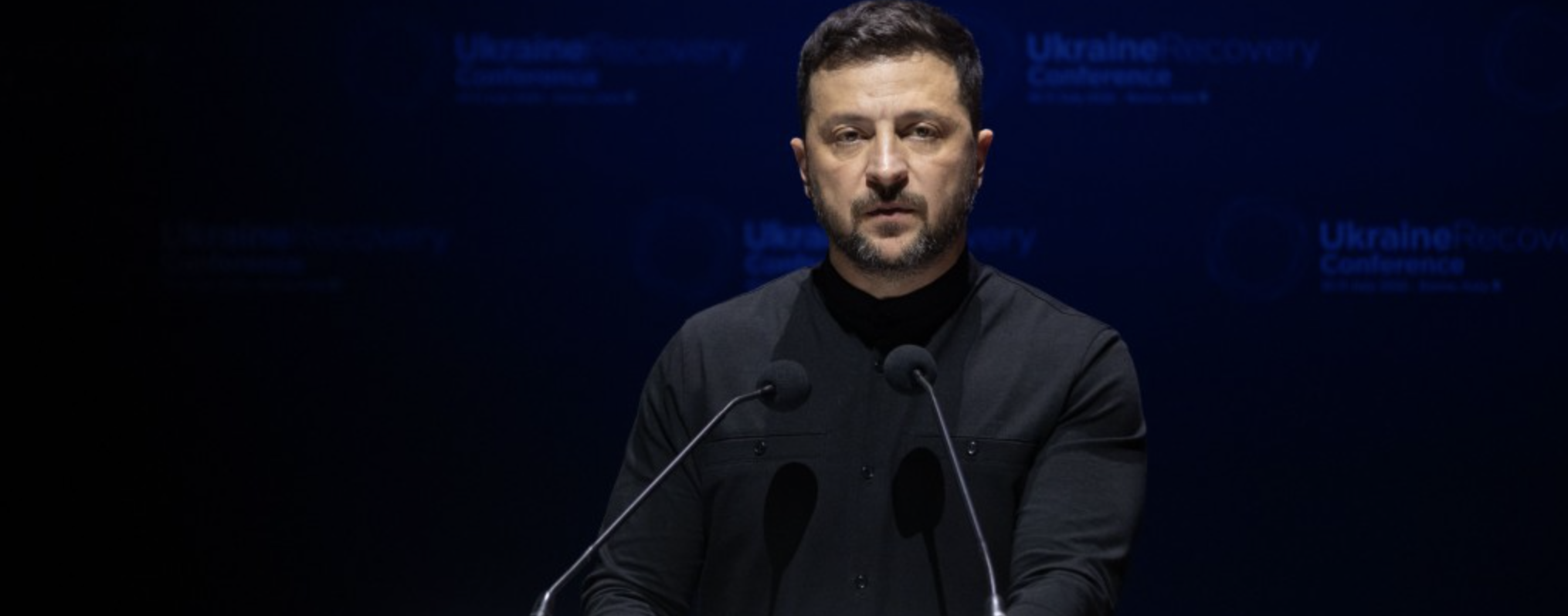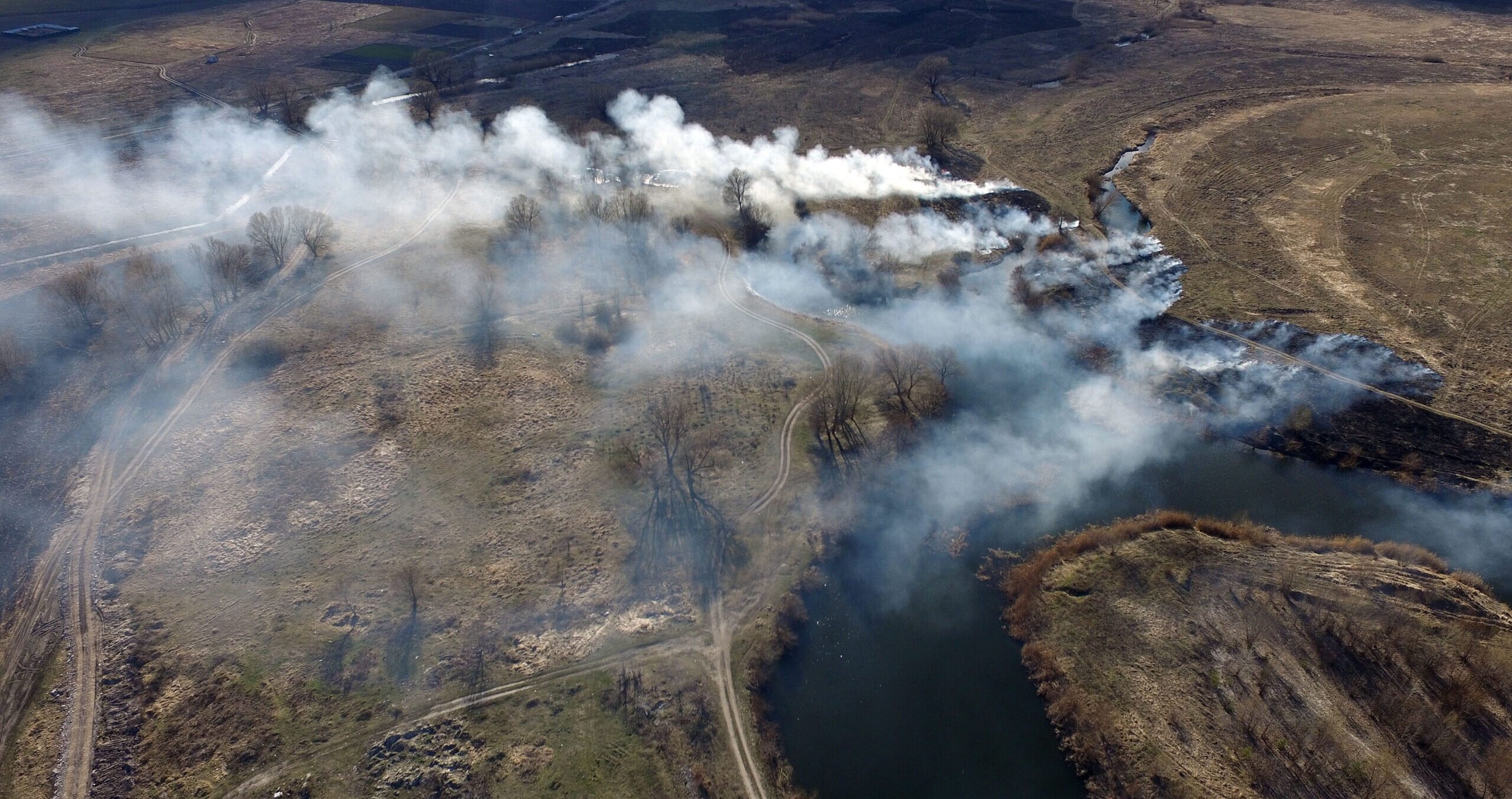
Abstract:
Scientific cooperation is an important part of the European Union (EU)’s policy approach towards the countries in its neighbourhood. This has opened up many opportunities for cooperation in the areas of science, technology, research, and innovation between the EU and the Eastern Partnership (EaP) countries. This working paper reviews the institutional and policy parameters of scientific cooperation between the EU and three EaP countries – Belarus, Moldova, and Ukraine. It provides an overview of the science policies in these countries, focusing on the lasting impact of their shared communist legacies and post-Soviet transitions, as well as on their current strategies, institutions, and ambitions in the domain of science, research and development policy. The paper also reviews the place of scientific cooperation in the EU’s science and external policies, focusing on relations with the neighbourhood and the EaP countries in particular. We also take stock of the existing programmes for scientific and educational cooperation and academic mobility between the EU and EaP countries. We present an inventory of relevant projects, with a discussion of the progress, level of participation of the research communities in the EaP, and other relevant parameters, such as the distribution of projects and participating institutions across broad scientific fields as well as disciplines. Altogether, we find that Belarus, Moldova, and Ukraine have registered a considerable degree of participation in the science and research programmes of the EU, but we also identify a number of barriers and structural impediments to a more successful partnership.










